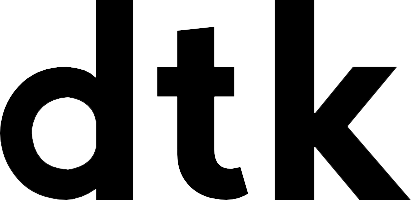How common is drug use in school age students?
In today's educational landscape, understanding the prevalence of substance abuse among students remains a critical concern. By examining historical trends and commonly abused substances, we gain insights into the challenges facing schools and communities in addressing this issue.
A Concerning Trend
Recent trends highlight a resurgence in the use of nicotine products, particularly unregulated and cheap disposable vapes, which are popular among young adults and teenagers who might otherwise have abstained from smoking. These vapes are often available in child-oriented flavours such as 'Gummy Bears' and 'Watermelon' giving the impression of innocence compared to the choking taste of tobacco smoke experienced with traditional smoking.
While vaping is generally considered less hazardous than smoking, certain studies suggest that it could potentially cause or exacerbate respiratory issues. Given that the majority of these vapes contain nicotine, there is a heightened risk of addiction, possibly leading users to transition to traditional cigarettes. Many people refer to cannabis as a gateway drug, however we would argue the true stepping stone would be the regular or social use of nicotine products.
Moreover, disposable vapes manufactured in mass quantities with little to no safety regulations and subsequently consumed orally have been found to contain harmful levels of toxic heavy metals like arsenic, lead, chromium, and nickel. The oral ingestion of these products poses numerous potential health risks, which may likely be identified too late—perhaps five years down the line. Fortunately, the UK government has finally taken action by proposing a ban on disposable vapes in 2024.
Nicotine and Vaping Products
As discussed above E-cigarettes and vaping have surged in popularity among young people. While not classified as a highly controlled drug, the use of nicotine-containing products, especially among teenagers, raises concerns due to addiction potential and potential health risks associated with other chemicals inside its products.
Marijuana/Cannabis
Cannabis has been one of the most prevalent illicit drugs among school students. Its popularity is partially due to perceptions of it being relatively harmless, though it can have detrimental effects on learning, motivation, and mental health.
Alcohol
While not always considered a drug in the traditional sense, alcohol abuse remains a significant issue among school-aged individuals in the UK. Binge drinking and experimentation with alcohol can occur among teenagers, leading to various health and social problems.
Prescription Drugs (Non-Medical Use)
Misuse of prescription medications, such as painkillers or ADHD medications (like Adderall), is also a growing concern. Some students misuse these drugs for non-medical purposes, seeking to enhance academic performance or recreational use.
'Party Pills and Club Drugs'
Though not as prevalent as some other substances, party drugs like ecstasy (MDMA) can find their way into social settings among certain groups of students. The use of these substances in recreational environments raises concerns about health risks and potential legal consequences, especially with younger people who are unaware or arrogant about the risks of overdosing and dangerous impurities.
Ketamine is also sneaking into schools, easily available and one of the cheapest drugs to purchase, Ketamine is a strong tranquilliser intended for veterinarian use has some horrendous effects on humans, such as hallucinations, delusions, and severe dissociation. Long term use can also cause liver and kidney damage and urinary tract and bladder problems.
If you need any advice on drug testing for schools please contact our customer support team, who will be happy to assist you.

